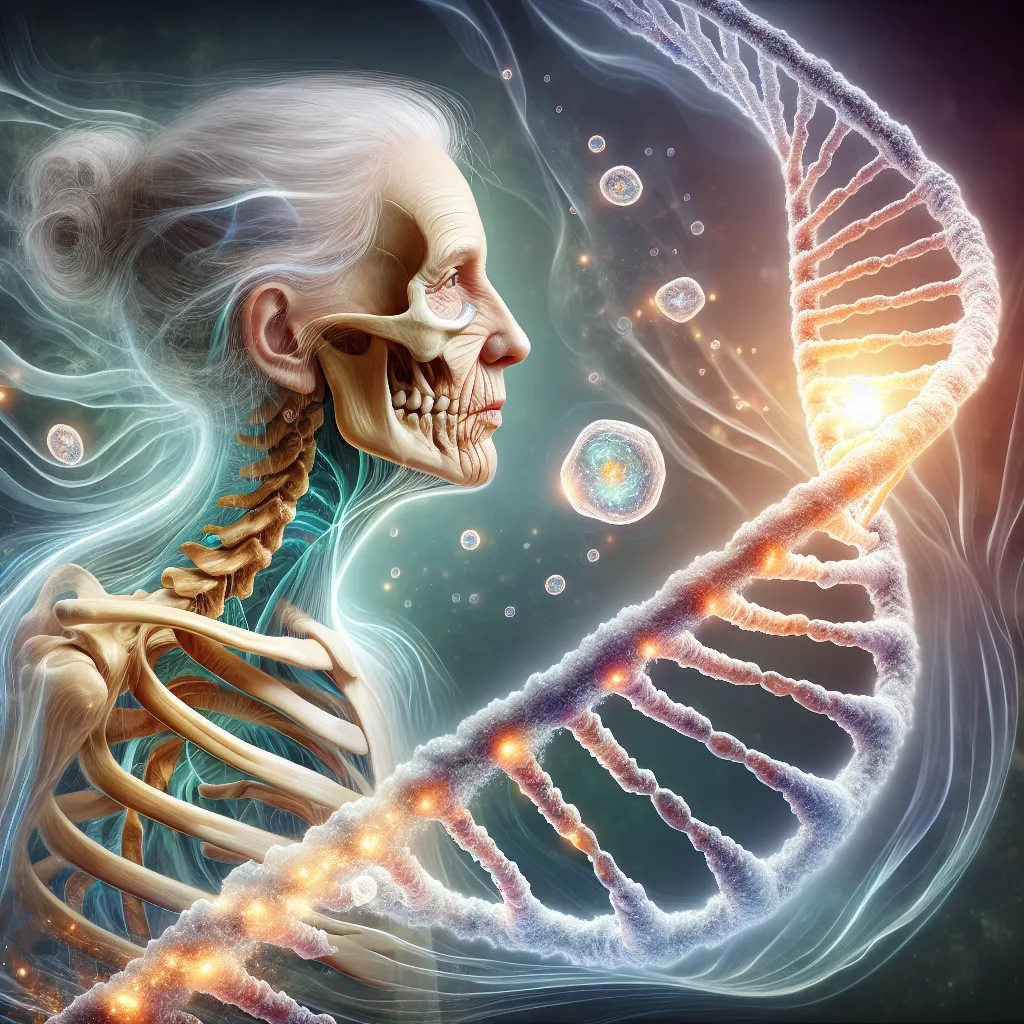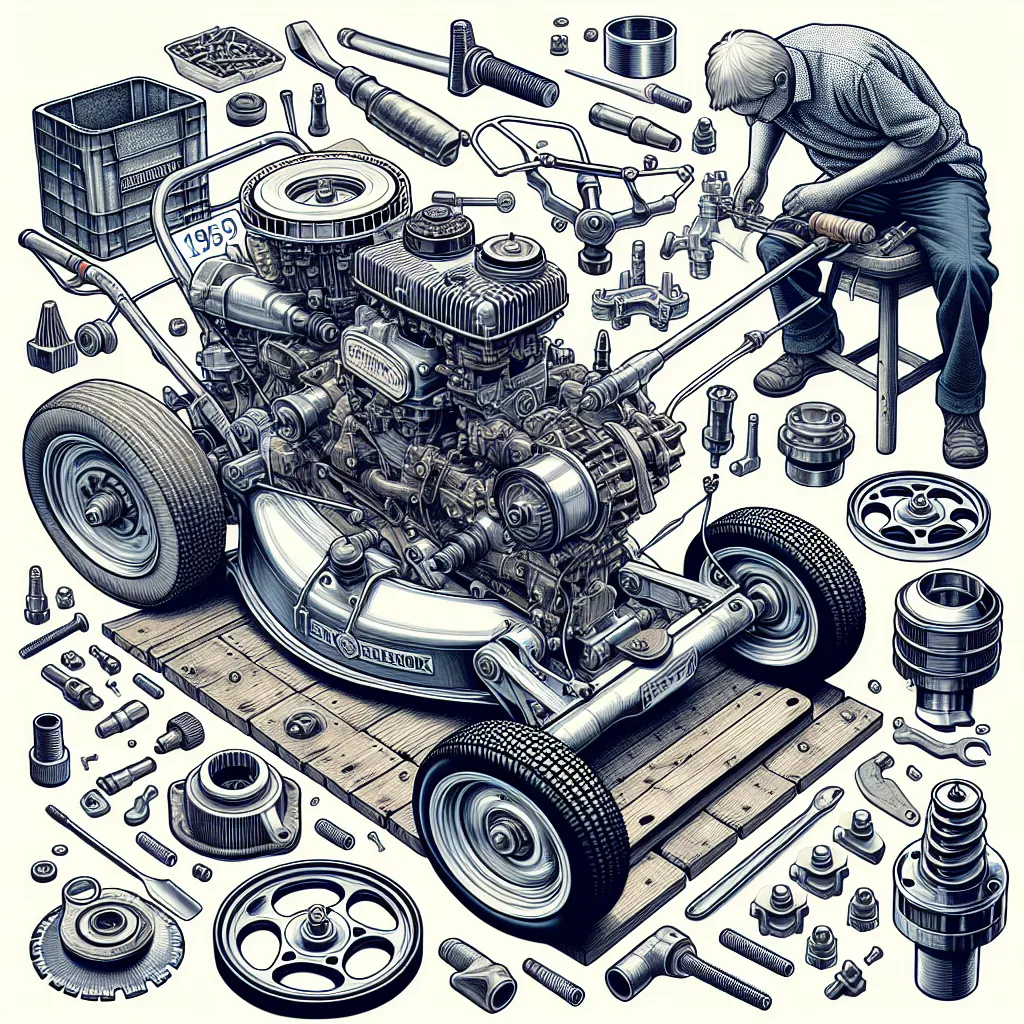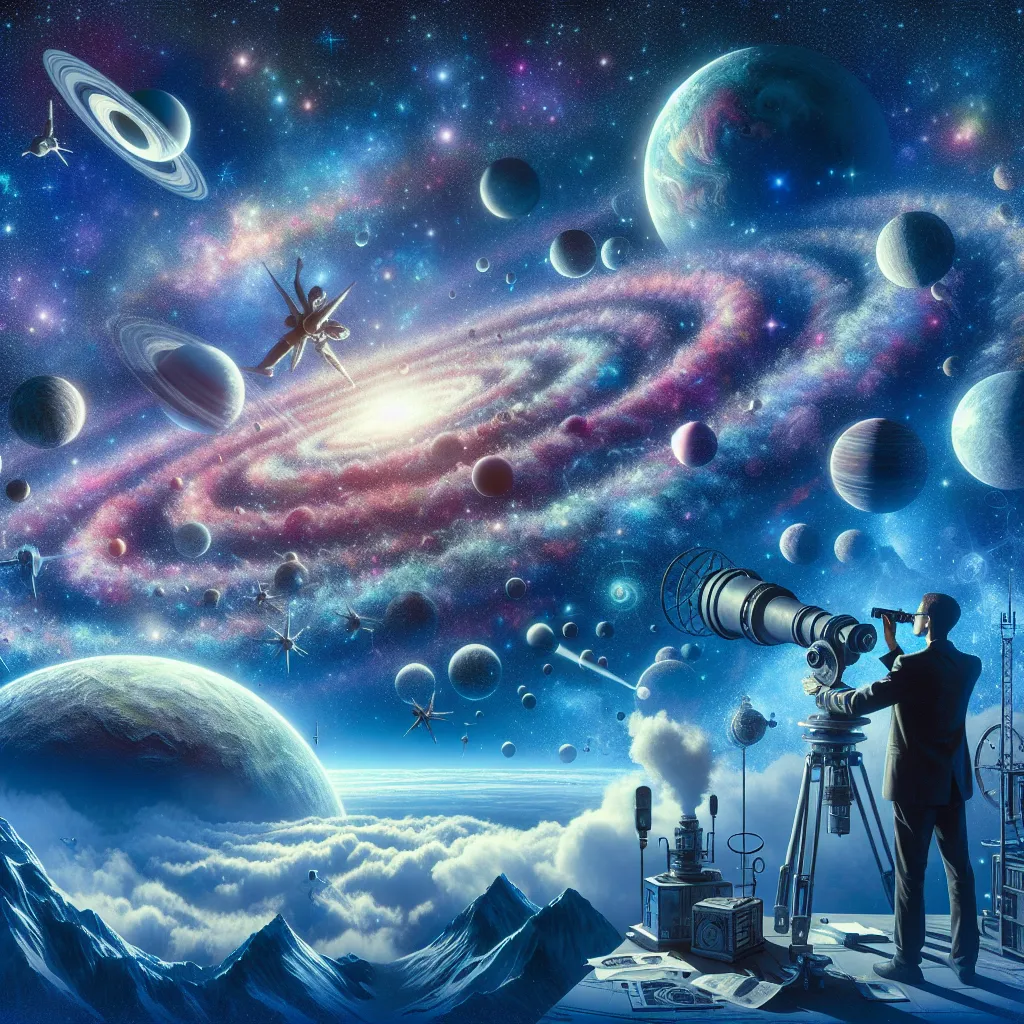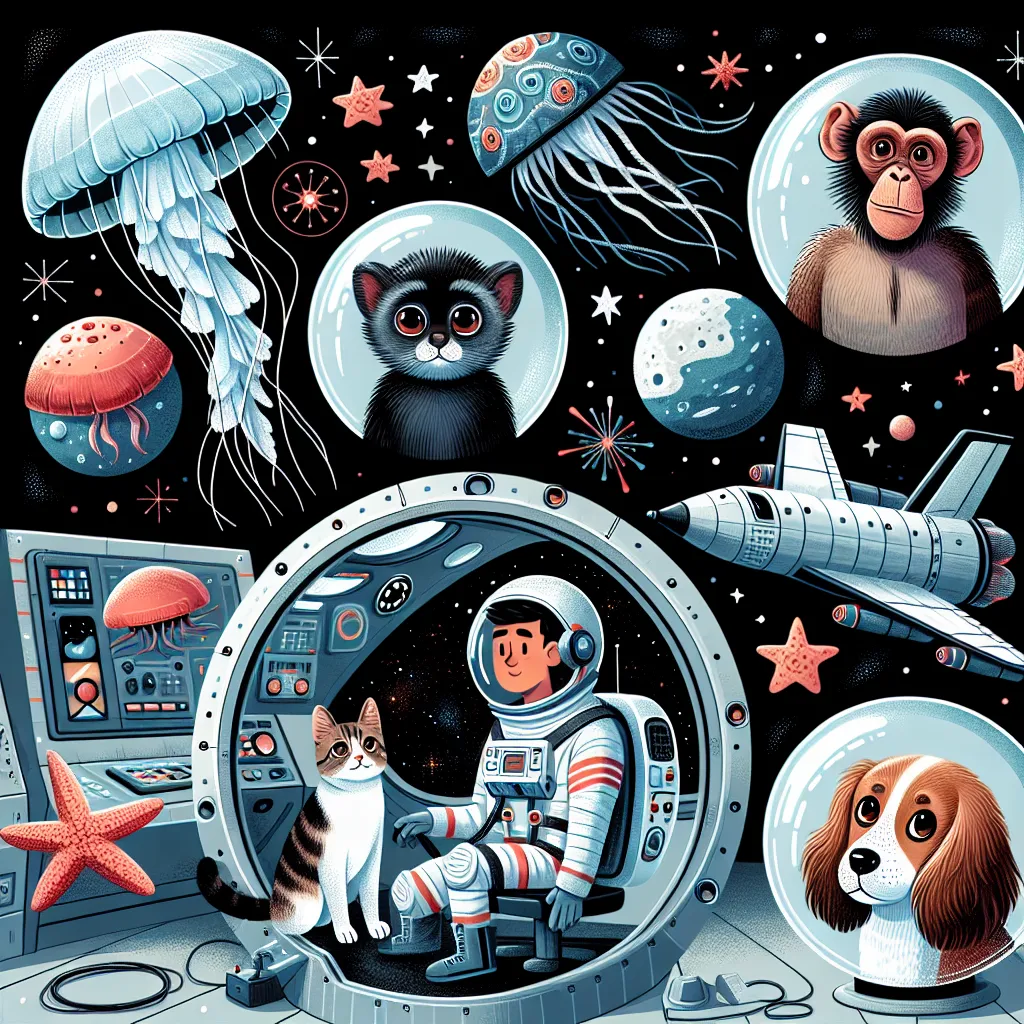Aging significantly impacts our skeleton, putting many of us at risk for osteoporosis. Our bone cells are always busy, breaking down old bone and creating new bone. But as we age, this balance is disrupted. Osteoclasts (the cells that break down bone) start working faster than osteoblasts (the cells that build bone). This leaves us with brittle, hollowed-out bone fibers, and broken bones become a serious concern. While both sexes experience bone loss, women face it faster due to the hormonal changes of menopause.
Aging remains one of life’s great mysteries. Why do we change so much between ages 40 and 70? It’s not just wear and tear; it’s a cellular process. Every day, our cells replicate themselves billions of times, copying their DNA. If there are any imperfections in the DNA, these errors get passed on as well. Over a lifetime, these tiny mistakes accumulate, much like using a photocopier over and over until the quality degrades. Our faces are a clear example: by age 70, our face has been entirely replaced around 35 times since birth. Each copy brings slight imperfections, so our 70-year-old face looks quite different from our infant face.
Oxygen, essential for life, also contributes to aging. Our cells have tiny power plants called mitochondria, which combine nutrients with oxygen to produce energy. Unfortunately, like any power plant, they also create waste—in this case, free radicals, which are unstable oxygen molecules. Over a lifetime, these free radicals damage our mitochondria and cells, leading to aging. This cellular damage hampers the body’s ability to repair itself, setting the stage for organ failure and, eventually, death.
Death is a gradual process. Each time a cell divides, it loses a tiny piece of its DNA. After billions of divisions, so much DNA is lost that the cells can no longer divide. This gradual loss leads to the winding down of tissues and organ function. It’s thought that the heart’s final pump floods the bloodstream with endorphins, the body’s natural painkillers. Deprived of oxygen, tissues start failing immediately. Within 10 seconds, the brain’s electrical activity drops, and in 4 minutes, irreversible damage occurs. Hearing is the last sense to go.
Even after death, some cells remain alive. Skin cells can continue to divide for up to 24 hours, and astonishingly, the final brain cell fires its last impulse up to 37 hours post-mortem.






